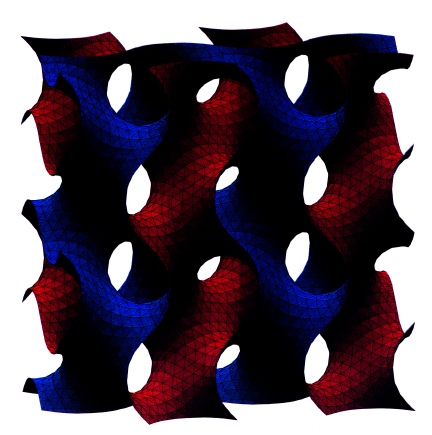My frequency of posting has gone down in the last couple of weeks due to a combination of excessive busy-ness and a not wholly successful attempt to catch up with stuff before going on holiday. Here’s a brief overview of some of the things I would have written about if I’d had more time.
The Nanotechnology Engagement Group (which I chair) met last week to sketch out some of the directions of its second policy report, informed in part by an excellent workshop – Terms of Engagement – held in London a few weeks ago. The workshop brought together policy-makers, practitioners of public engagement, members of the public who had been involved in public engagement events about nanotechnology, and scientists, to explore the different expectations and aspirations these different actors have, and the tensions that arise when these expectations aren’t compatible.
The UK government’s funding body for the physical sciences, EPSRC, held a town meeting to discuss its new draft nanotechnology strategy last week. About 50 of the UKs leading nanoscientists attended; To summarise the mood of the meeting, people were pleased that EPSRC was drawing up a strategy, but they thought that the tentative plan was not nearly ambitious enough. EPSRC and its Strategic Working Group on Nanotechnology (of which I am a member) will be revising the draft strategy in line with these comments and the result should be presented to EPSRC Council for approval in October.
The last two issues of Nature have much to interest the nanotechnologist. Nanotubes unwrapped introduces the idea of using exfoliated graphite as a reinforcing material in composites; this should produce many of the advantages that people hope for in nanotube composites (but which have not yet so far fully materialised) at much lower cost. Spintronics at the atomic level describes a very elegant experiment in which a single manganese atom is introduced as a substitutional dopant on a gallium arsenide surface using a scanning tunnelling microscope, to probe its magnetic interactions with the surroundings. This week’s issue also includes a very interesting set of review articles about microfluidics, including pieces by George Whitesides and Harold Craighead, to which there is free access.
Rob Freitas has put together a website for his Nanofactory collaboration. Having complained on this blog before that my own critique of MNT proposals has been ignored by MNT proponents, it’s only fair for me to recognise that this site has a section about technical challenges which explicitly acknowledges such critiques with these positive words:
“This list, which is almost certainly incomplete, parallels and incorporates the written concerns expressed in thoughtful commentaries by Philip Moriarty in 2005 and Richard Jones in 2006. We welcome these critiques and would encourage additional constructive commentary – and suggestions for additional technical challenges that we may have overlooked – along similar lines by others.”
Finally, in a not totally unrelated development, the UKs funding council, EPSRC, will be running an Ideas Factory on the subject of Matter compilation via molecular manufacturing: reconstructing the wheel. The way this program works is that participants spend a week generating new ideas and collaborations, and at the end of it £1.45 million funding is guaranteed for the best proposals. I’ve been asked to act as the director of this activity, which should take place early in the New Year.
